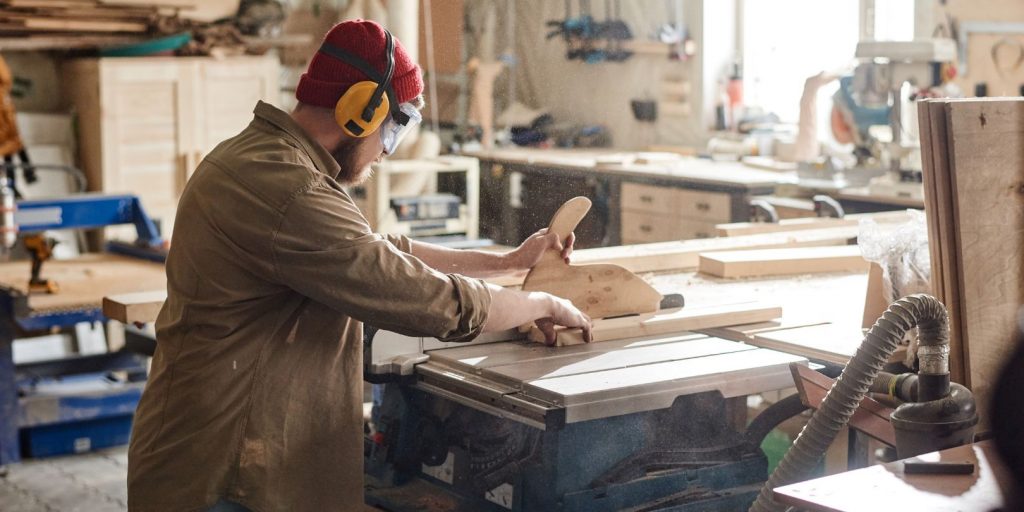Table Saw Sled: How To Build a Table Saw Crosscut Sled

A table saw sled serves as a woodworking essential, amplifying the accuracy and safety of crosscutting tasks for your portable table saw. Regardless of your proficiency level, whether a seasoned woodworker or a novice, fashioning a table saw crosscut sled emerges as a pivotal workshop asset. This guide, thorough and detailed, endeavors to accompany you through an intricate, step-by-step process of creating your personalized table saw sled. Armed with comprehensive information regarding necessary tools, materials, and invaluable tips, the guide ensures your venture into construction is marked by success and precision. This enhancement to your woodworking toolkit guarantees heightened efficiency and safety for all your crosscutting endeavors.
Step 1: Gather Your Materials and Tools
Before you begin, make sure you have the necessary materials and tools at hand. You’ll need a sturdy plywood board for the base of the sled, hardwood strips for the runners that fit into the table saw’s miter slots, wood glue, screws, a measuring tape, a square, a saw, a drill, and sandpaper.
Step 2: Design the Sled
Plan the dimensions of your table saw sled based on your needs and the size of your table saw. The sled should be large enough to accommodate the workpieces you intend to cut. Keep in mind that a larger sled provides more stability and versatility.
Step 3: Cut the Base and Runners
Cut the plywood board to the size you’ve planned for the sled’s base. Next, cut the hardwood strips for the runners. Ensure that the runners fit snugly but smoothly into the miter slots of your table saw. Sand any rough edges for a smooth fit.
Step 4: Attach the Runners
Position the runners on the underside of the sled’s base, aligning them with the miter slots. Apply wood glue to the runners and attach them securely using screws. Ensure the runners are parallel and flush with the edges of the sled.
Step 5: Add the Fence
The fence is the part of the sled that guides the workpiece during crosscutting. Cut a piece of plywood for the fence, making sure it’s perpendicular to the blade. Attach the fence to the front edge of the sled’s base using screws.
Step 6: Create a Stop Block
A stop block helps you achieve consistent and accurate cuts of the same length. Attach a block of wood to the sled’s fence using screws. This block can be adjusted and secured with clamps to set the desired length for your cuts.
Step 7: Test and Adjust
Before using your table saw sled on valuable workpieces, perform a test run with scrap wood. Check for squareness and accuracy in your cuts. If adjustments are needed, make them until you’re confident in the sled’s performance.
Step 8: Enhance Safety and Efficiency
To further enhance safety, you can attach a handle to the sled for easy maneuvering. You can also add a blade guard to protect your hands during cuts. Additionally, applying a coat of finish or wax to the sled’s base and runners can reduce friction and ensure smooth movement.
Conclusion
A well-constructed table saw sled is a versatile and essential tool in any woodworking workshop. By following this step-by-step guide and considering the tips provided, you can create a table saw crosscut sled that enhances your accuracy, efficiency, and safety when making crosscuts. Whether you’re crafting furniture, building projects, or working on intricate designs, your custom-made table saw sled will prove to be an invaluable asset, contributing to the quality of your woodworking endeavors.
